Chef Andrea Aprea on New Namesake Restaurant and Café in Milan
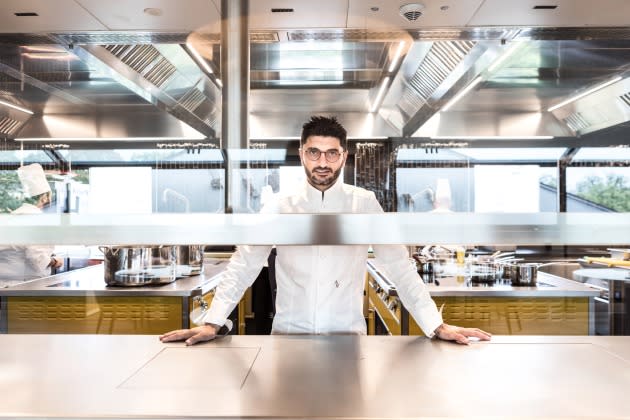
MILAN — Fifteen people working silently in a yellow-tinged kitchen, almost performing a secret choreography, makes for an unusual scene for cuisine worshipers accustomed to the chaotic spectacle often portrayed in gastronomic TV shows.
Yet the hypnotic scenery represents a big part of the fine dining experience offered at the new gourmet destination in Milan overseen by chef Andrea Aprea. His first solo project after a decade (and two Michelin stars) as executive chef at the city’s Park Hyatt’s Vun, the eponymous restaurant quietly opened in July and officially launched last month.
More from WWD
It comes in tandem with a new, not-to-miss cultural address in town, since it is housed at the Luigi Rovati Foundation. Named after the late physician, researcher and pharmaceutical entrepreneur recognized by the Italian Republic with the titles of Knight of Labor and Knight of the Grand Cross of Merit, the foundation showcases Rovati’s art collection in a five-story historic building in Milan’s central Corso Venezia — a few steps away from the new Casa Cipriani club. The museum flanks modern and contemporary art with a showcase of Etruscan pieces, which has attracted scores of visitors since opening last month.
Such a location inspired Aprea to launch not only a gourmet restaurant on the top floor but also an informal café-bistrot overlooking an internal courtyard on the ground floor.
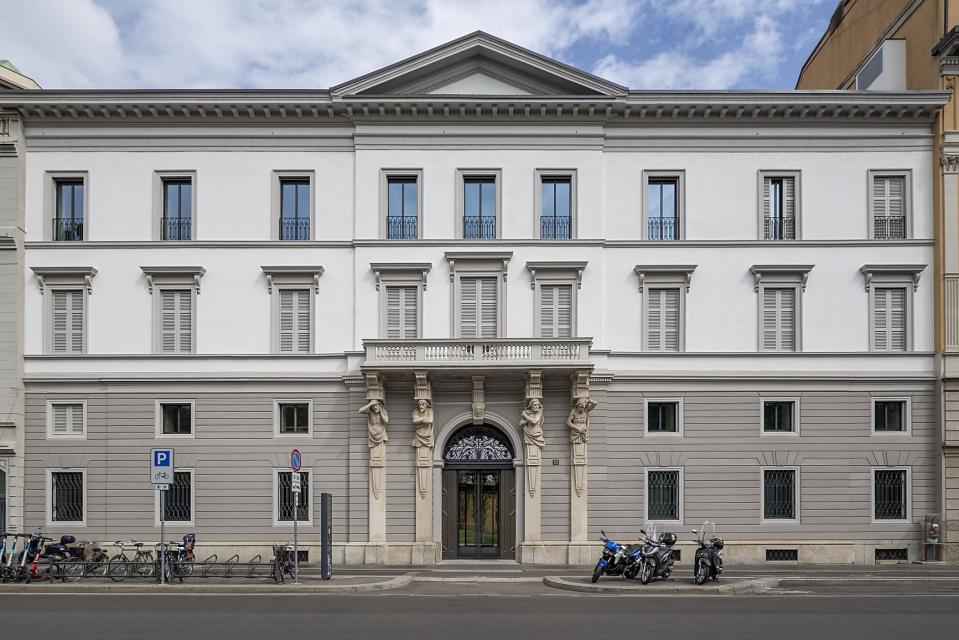
“I used to be a chef. Now I’m a chef, a waiter, a manager, an entrepreneur — everything,” jokes the affable Neapolitan chef while serving a glass of water. Around him, his staff was quietly making preparations for the dinner service.
“I wasn’t missing anything, I was not in a condition in which I had the urge to change, quite the opposite. I was in an optimal situation.…But maybe I wanted a project that could be mine from inception,” recalls Aprea. “Of course, I have always thought about this. If you don’t, you don’t reach the point of actually making it, but as everything in life, this is a recipe, too, and you need the right ingredients.”
So, here’s the recipe. Preparation: make the most out of a pandemic. “It’s in the moment of crisis that you take the biggest decisions. The pandemic was for sure complicated, it created many problems but also opportunities,” says Aprea. “Now it’s already a completely different scenario. If I had to think of an entrepreneurial project now, I would say, ‘wait, let’s think this through one more time,” he adds, mentioning the increasing prices of energy and overall inflation.
Main ingredient: the right location, which “came out of the blue” but was a decisive factor in convincing Aprea that it was time to go solo.
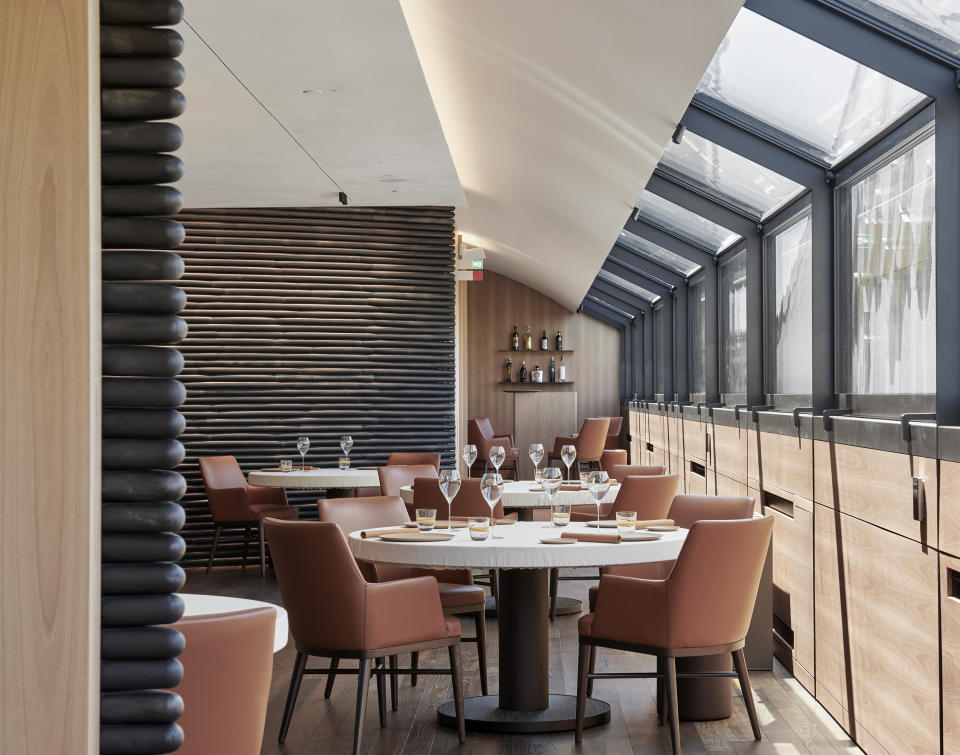
“The Vun [restaurant] was a project that was built from scratch, step after step. And the biggest inheritance it left me was indeed this process. Without that, there wouldn’t be this. This is the 4.0 [version] of that experience,” says Aprea, showing all the details of the new space — from the thin foam layered under the custom-made tablecloth to minimize the sound of glasses on tables to the vases nodding to Etruscan artifacts in a tribute to the foundation’s collection.
“This is the evolution that I couldn’t get there for structural reasons, because this is an open space where I can also host events for 50 people, while there I couldn’t,” notes Aprea.
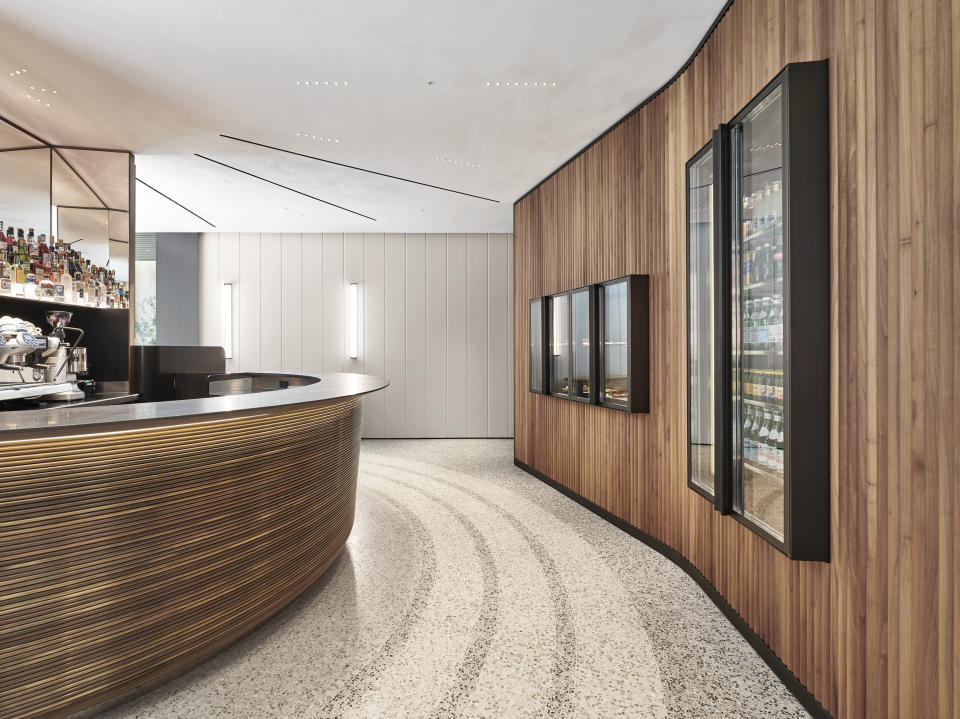
Both the restaurant and bistrot were designed by the Flaviano Capriotti Architetti studio, which focused on textures rather than embellishments.
The gourmet restaurant covers a 4,306-square-foot surface, with an entrance hall, private dining space and wine cellar located around a central venue that accommodates eight tables.

The main hall contains custom-made design pieces, ranging from the leather seats to the central Murano glass chandelier with gold leaves. Walls are clad in tubular structures crafted from the dark ceramic used by Etruscans for pottery and, along with the sloped ceiling, they converge on the open kitchen, which is the core of the restaurant and covers half of its surface.
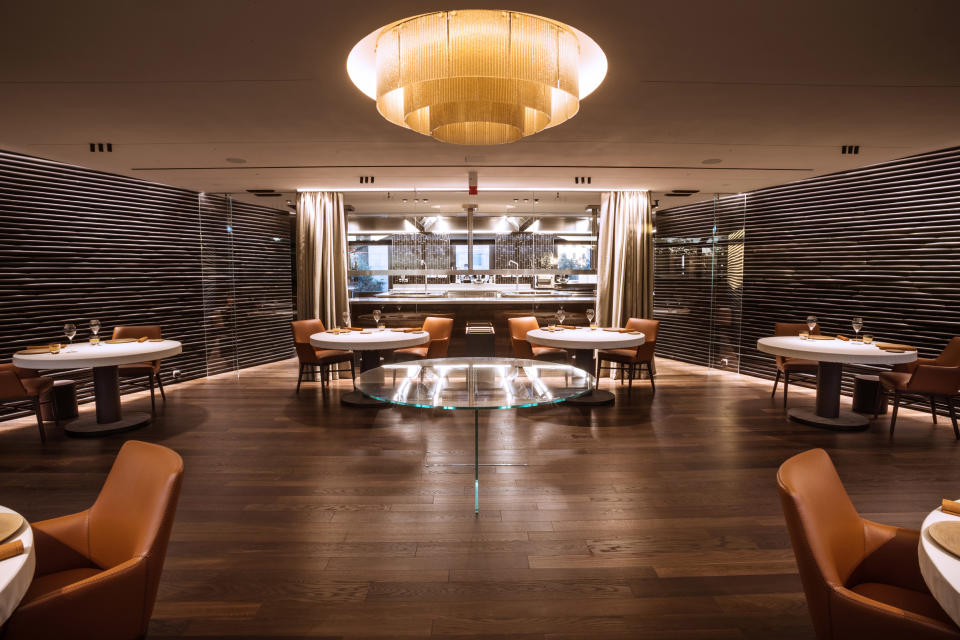
Open from breakfast to dinner, the bistrot replicates the minimal approach while offering a modern take on Milanese cafés of the 20th century. A semicircular counter is the epicenter of the space, which can accommodate around 22 guests inside and an additional dozen outdoors.
Both locations feature artworks hailing from the foundation’s collection and nodding to Aprea’s Neapolitan roots and Mediterranean culture, including pieces by Thomas Ruff, Giulio Paolini, William Kentridge and Mimmo Jodice, whose poignant “Amazzone Ferita” welcomes guests headed to the restaurant.
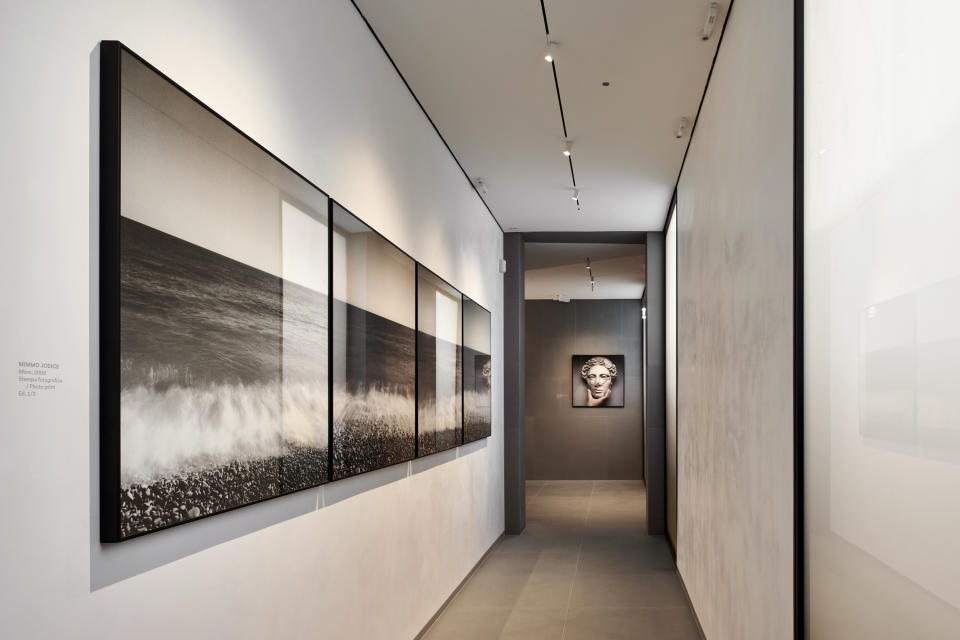
Site-specific artworks by Andrea Sala and Mauro Ceolin also punctuate the restaurant and bistrot, respectively, with the latter representing the first iteration of a project the foundation and Aprea jointly launched to promote art.
The art selection intertwines with Aprea’s overall approach to cuisine, which aims to honor Italian culinary traditions and regional ingredients, revisiting them with a contemporary take.
“This is my identity…I try to take [guests] in different places by staying seated at a table, so letting them taste plates they could expect to eat in Sicily or Apulia or Piedmont, but seen through the filter of a contemporary chef,” says Aprea.
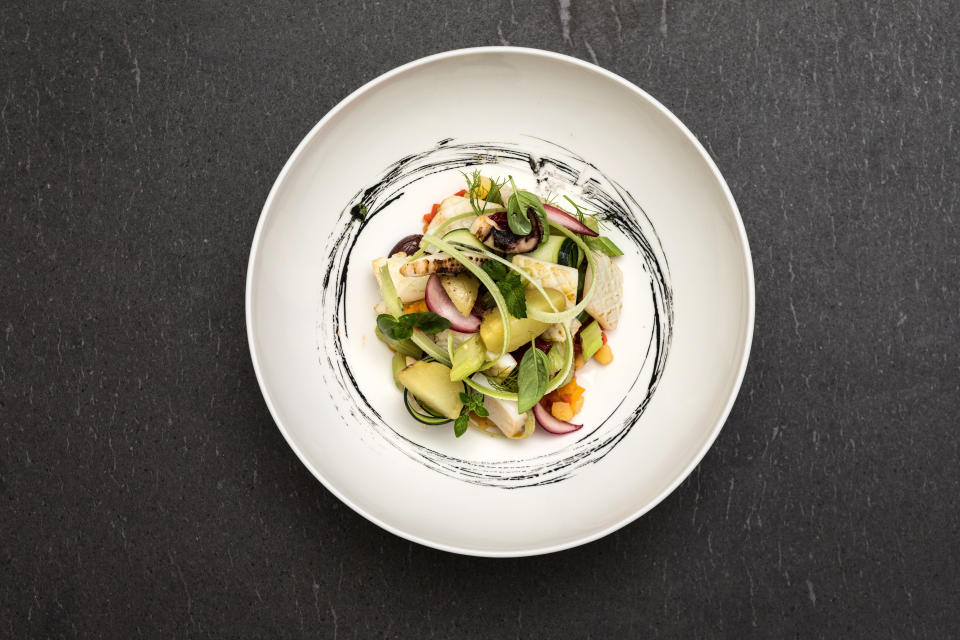
While the bistrot has a more approachable menu with options including spaghetti with tomato, lemon and basil or “Vitello tonnato,” veal with tuna sauce, the restaurant offers three tasting menus. Dubbed “Contemporaneità,” “Partenope” and “Signature,” these include five, six and eight courses, respectively. Prices range from 155 euros to 195 euros, or 245 euros to 325 euros if including wine pairings selected by the sommelier, who has more than 650 labels in the cellar to choose from.
The first menu explores the link between memory and innovation; the second is a tribute to Aprea’s origins with half new recipes and half existing ones; the third is a selection of his most signature plates developed between 2011 and 2018.
Key dishes include rice in an extraction of pepper with oysters and candied lemon; tortello pasta with buffalo ricotta cheese and Neapolitan ragout, and his take on “Uovo al Purgatorio,” a traditional recipe based on tomato — Aprea’s personal favorite ingredient — and eggs, which his grandmother used to make and was “one of the best dishes I’ve ever eaten.” (A bowl of fried rice tasted in Kuala Lumpur was a runner-up in Aprea’s memories.)
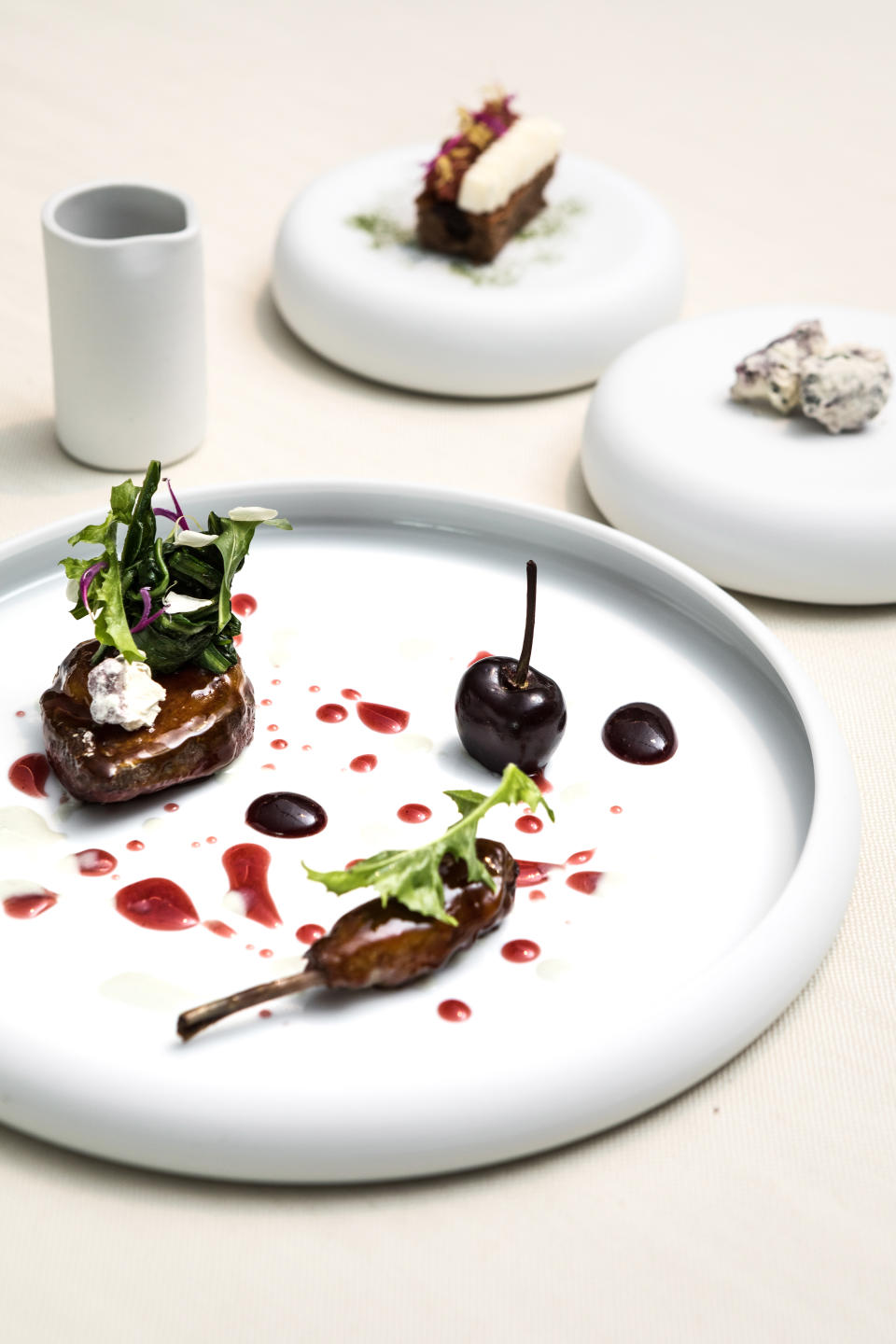
Born in 1977 from parents who ran a restaurant-pizzeria, Aprea started to travel around the world at a young age. “I’ve always been passionate about it, I wanted to see new things and couldn’t settle to remain there — also because Naples in the ‘90s wasn’t a city offering much,” says the chef.
He piled up experiences at Michelin-starred restaurants in London, across Italy and Malaysia, before returning to his hometown at age 30 to become executive chef at the luxury Romeo Hotel. He moved to Milan and covered the same role at Park Hyatt’s Vun in 2011. The following year Vun got its first Michelin star, becoming the first hotel restaurant in Milan to receive this acknowledgment, which was doubled in 2017.
Asked if he is aiming for such recognition for his new solo project, Aprea says he would be “a hypocrite to say I’m not interested in this,” but he doesn’t believe “in Michelin stars deciding one’s journey, they are just the consequence of one’s work.”
“A restaurant has to satisfy guests and have them wanting to return, but on the other side having recognitions is important in attracting other people, and this is the most institutional guide in the world,” says Aprea, although social media and word of mouth are also influential.
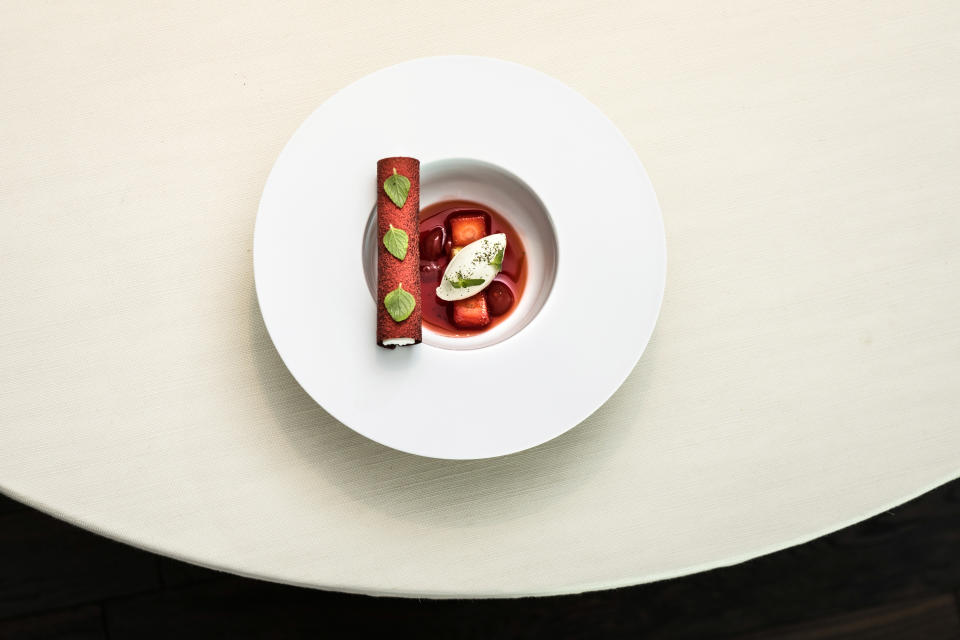
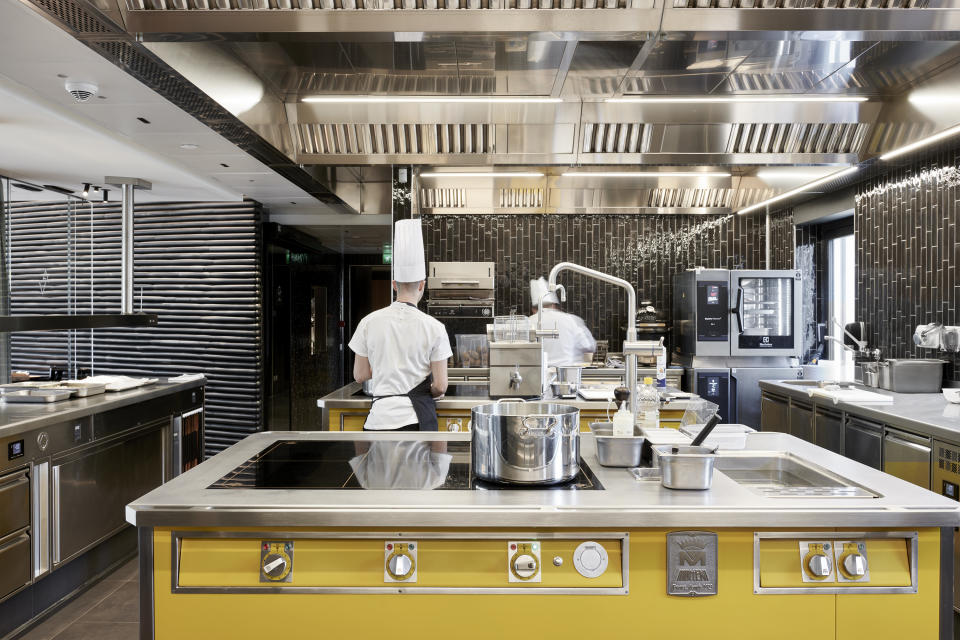
Aprea keeps himself busy not only with his namesake restaurant and bistrot but also overseeing the fine dining experience of the Il Faro di Capo d’Orso destination set among the cliffs of the Amalfi Coast. Asked about future goals, he invokes Neapolitan superstition and says he prefers to be pragmatic, working step by step and sharing projects when they are done deals.
Still, he reveals his secret recipe to success: “Passion, creativity and continuity: to succeed in any field, these are the three ingredients you need,” he concludes.
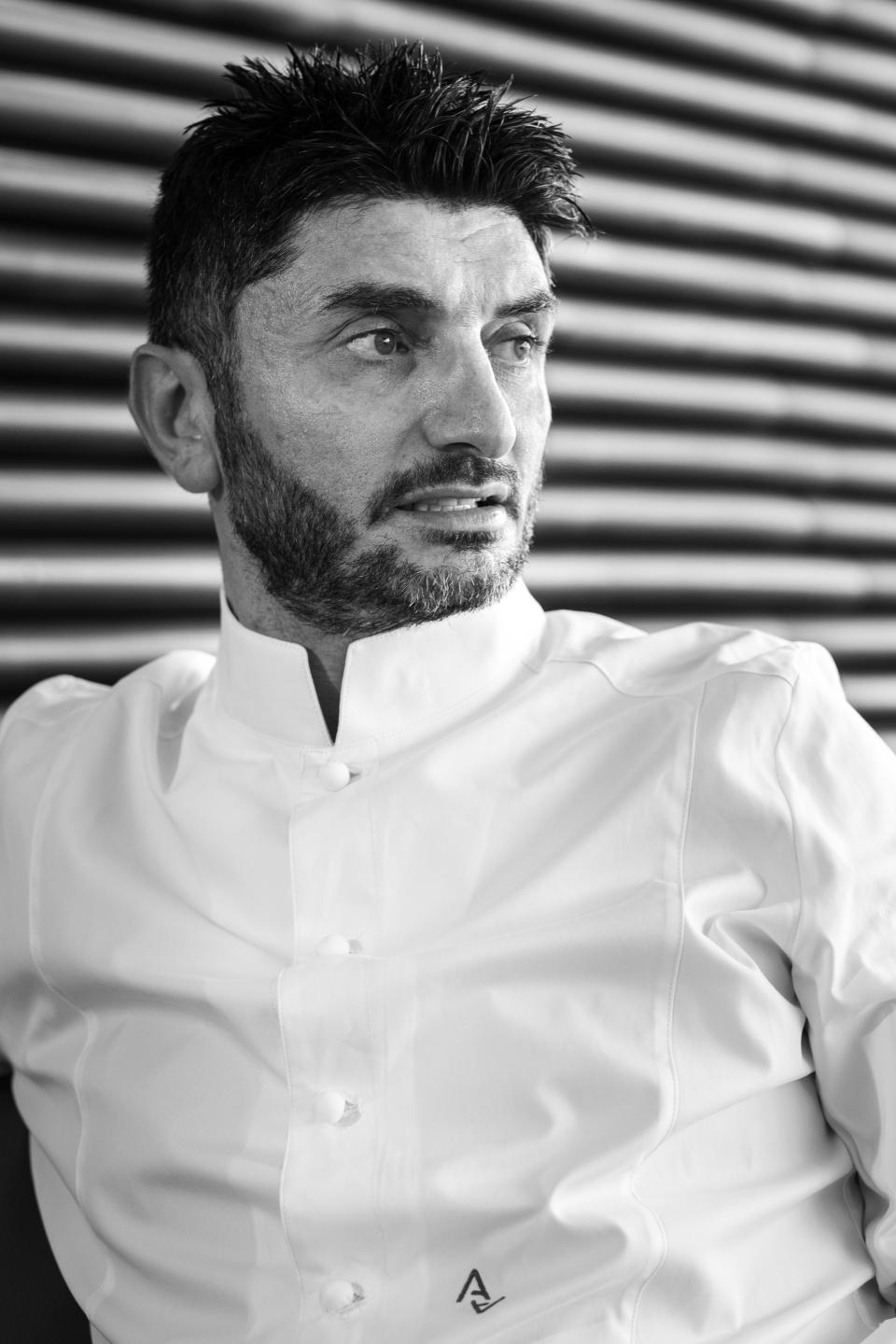
Best of WWD